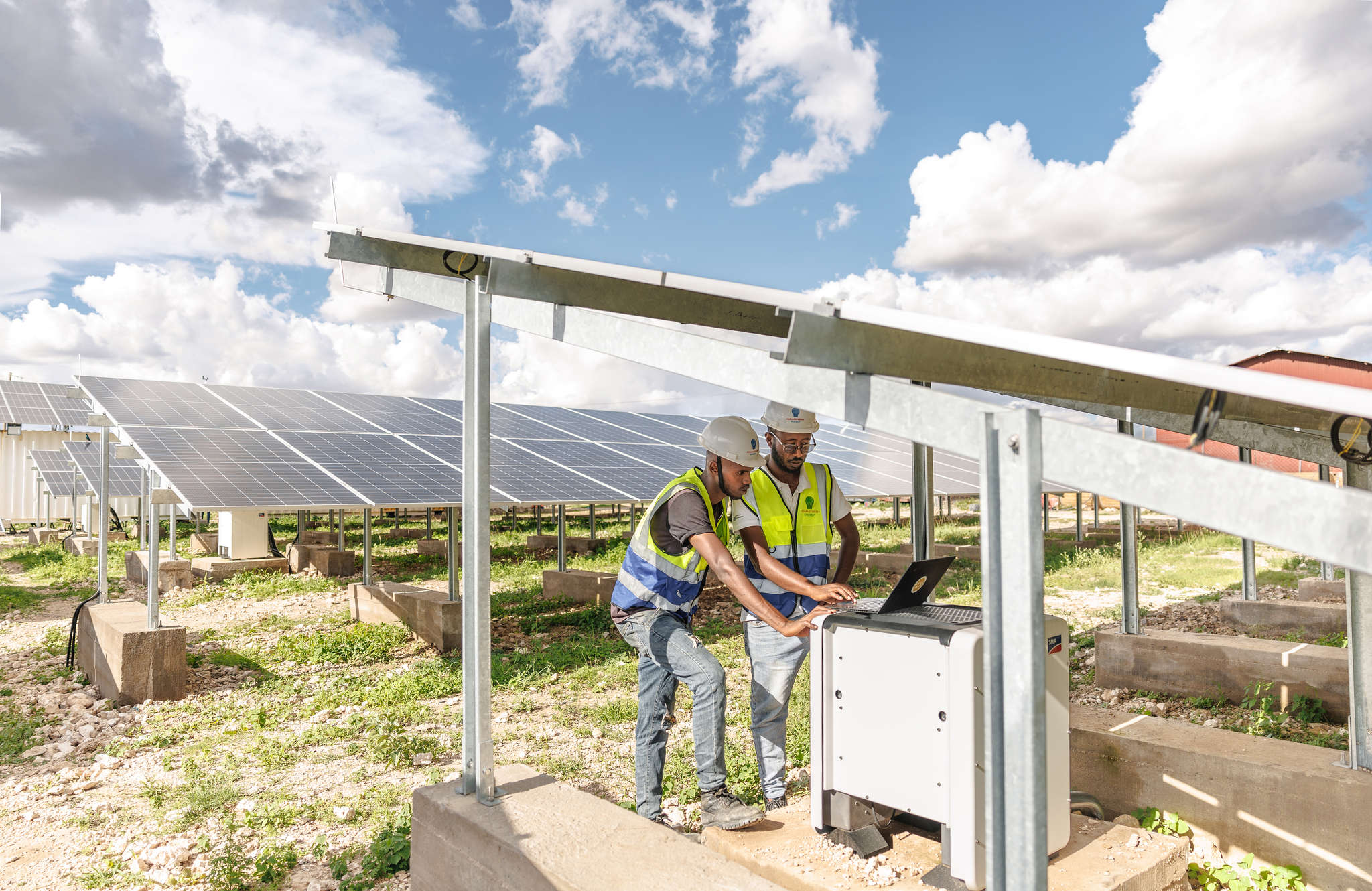How investing in resilience helps fight drought

Pastoralists in eastern Ethiopia are no strangers to drought. That’s why resourcefulness and innovation are critical for maintaining their livestock. But in 2015, the El Niño weather cycle brought the worst drought in decades to this region — as one pastoralist from the Awbare district described it: “We’ve never seen anything like this drought.”
Even the most resourceful people were affected: drought conditions resulted in a lack of food for livestock and massive crop losses. High levels of livestock disease and mortality resulted in lower livestock prices, and pastoralists’ incomes declined as a result. At the same time, staple food prices increased due to limited supply. The combination of lower incomes and higher food costs created a major food gap: at its height, over 10 million people in Ethiopia were in need of food aid valued at over one billion dollars.
While drought is not new in this region, how the humanitarian community responds to these crises is evolving. In the wake of chronic and unpredictable droughts, it became increasingly clear that traditional means of providing food and other assistance to people in need were insufficient to build families’ capacity to withstand crisis. A more integrated, long-term approach became necessary to better enable households and communities to withstand and recover from these droughts.

Mercy Corps, along with partners, has put this thinking into action by proactively investing in building resilience through a USAID-funded project: Pastoralist Areas Resilience Improvement through Market Expansion (PRIME). Since 2012, PRIME has supported communities adapting to a changing climate through improving livestock production, boosting nutrition for mothers and children, and helping people prepare for the next climate shock.
As the humanitarian response to the ongoing drought mounted, this crisis enabled Mercy Corps to test whether the investment has paid off in building household resilience by comparing households that were assisted by PRIME’s programs to similar households that were not.

The results are encouraging: resilience-building interventions enhanced families’ wellbeing during the worst drought in decades. Specifically, these households were significantly more likely to be able to keep their families nourished, had greater access to assets, and maintained healthier livestock and fewer animal deaths. These positive results underscore how investing in innovative, long-term resilience interventions, like PRIME, can help mitigate the worst effects of humanitarian emergencies and protect development gains in vulnerable communities.


